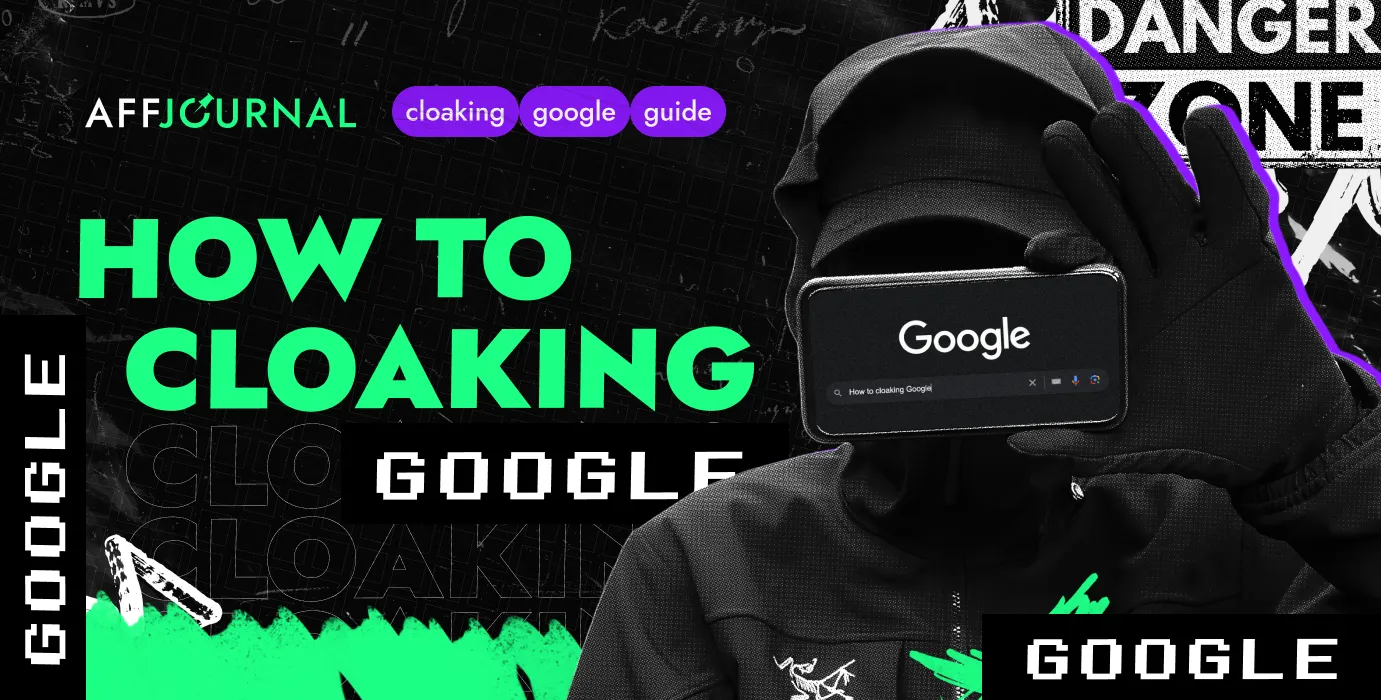

by Editor
Google Ads in affiliate marketing is rightfully considered one of the most powerful advertising platforms for attracting targeted traffic. Unlike other sources, Google not only has a powerful set of marketing tools and huge audience volumes but also regularly implements and improves algorithms and a system to protect against dishonest advertisers and scammers.
According to Google's advertising policy, all products and services promoted on the platform by non-owners of the business (for example, through affiliate marketing) are considered a violation that may result in the suspension of the account. If the offer belongs to one of the gray niches, the chances of such sanctions being imposed increase tenfold. To minimize the risks of ad campaigns and account suspensions, webmasters and media buyers are forced to use various methods of content substitution (cloaking). In this article, we’ll briefly discuss the methods of cloaking Google Ads and their differences from cloaks used for Facebook.
Ways of cloaking Google Ads
Cloaking is perceived by advertising platforms as prohibited activity, involving content substitution with the aim of bypassing rules and misleading users, as well as moderators. Even if a webmaster manages to launch a campaign for a prohibited offer, passing moderation at the initial stage, algorithms will later conduct a recheck and identify content substitution, which will result in the blocking of the advertising account. Therefore, it’s worth having warmed-up accounts in advance or using trusted agency advertising accounts. The latter can be obtained after registration and balance replenishment in the YeezyPay service.
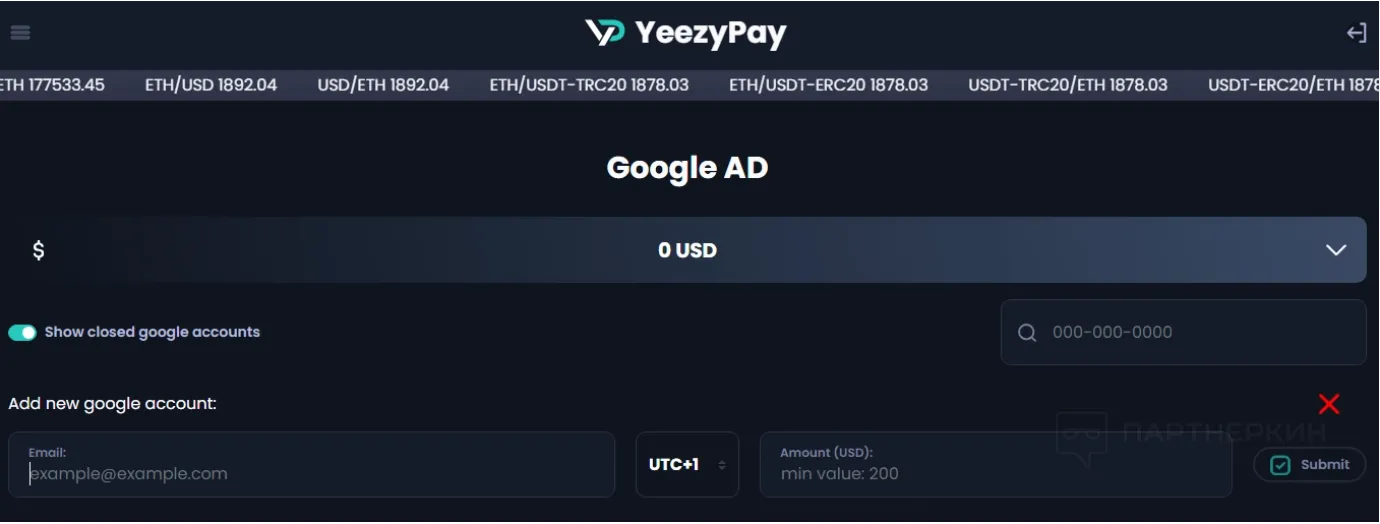
As for the methods of cloaking Google Ads, at the time of writing this article, the most common options are:
- redirect;
- iframe;
- content (local).
Let's briefly discuss each method below.
Redirect
Using the redirect method, a webmaster can redirect users to another page, dividing the traffic into multiple streams (real users and bots). In simple terms, with a redirect, the webmaster can direct the target audience, for example, to the page online-gambling.com, where the main offer is placed, while adding the harmless domain gamesgames.com to the advertising campaign. When clicking on the ad, the user will be directed to the online-gambling.com page or directly through the link taken by the webmaster from CPA networks.
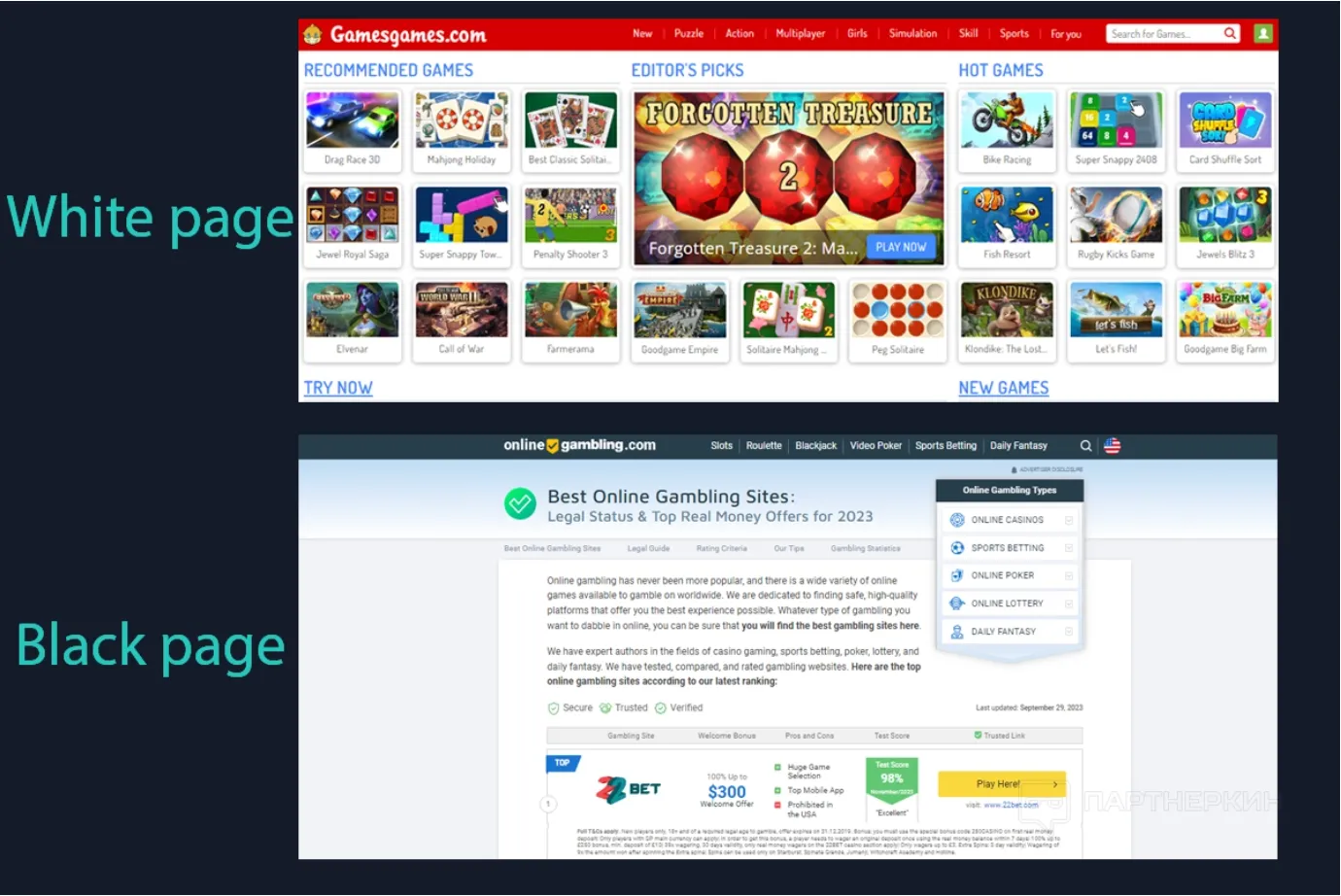
For redirecting, you can use the technical capabilities of a tracking program or specialized software with its own lists of IP addresses and other data of advertising platform bots.

Iframe
This method involves adding a small script to the code of the promoted page, which automatically opens a black page over it. It’s this black page that the target user sees when they click on the link.
Content
This method of cloaking involves placing two pages within one root folder of the domain: one for the target users and one for the moderators with bots. When using this method, traffic is distributed through a tracker or service after automatic matching of bot data.
Additional low-budget method
Some webmasters also prefer to use transit pages for cloaking, which have only one or two buttons with clarifying questions for the user.
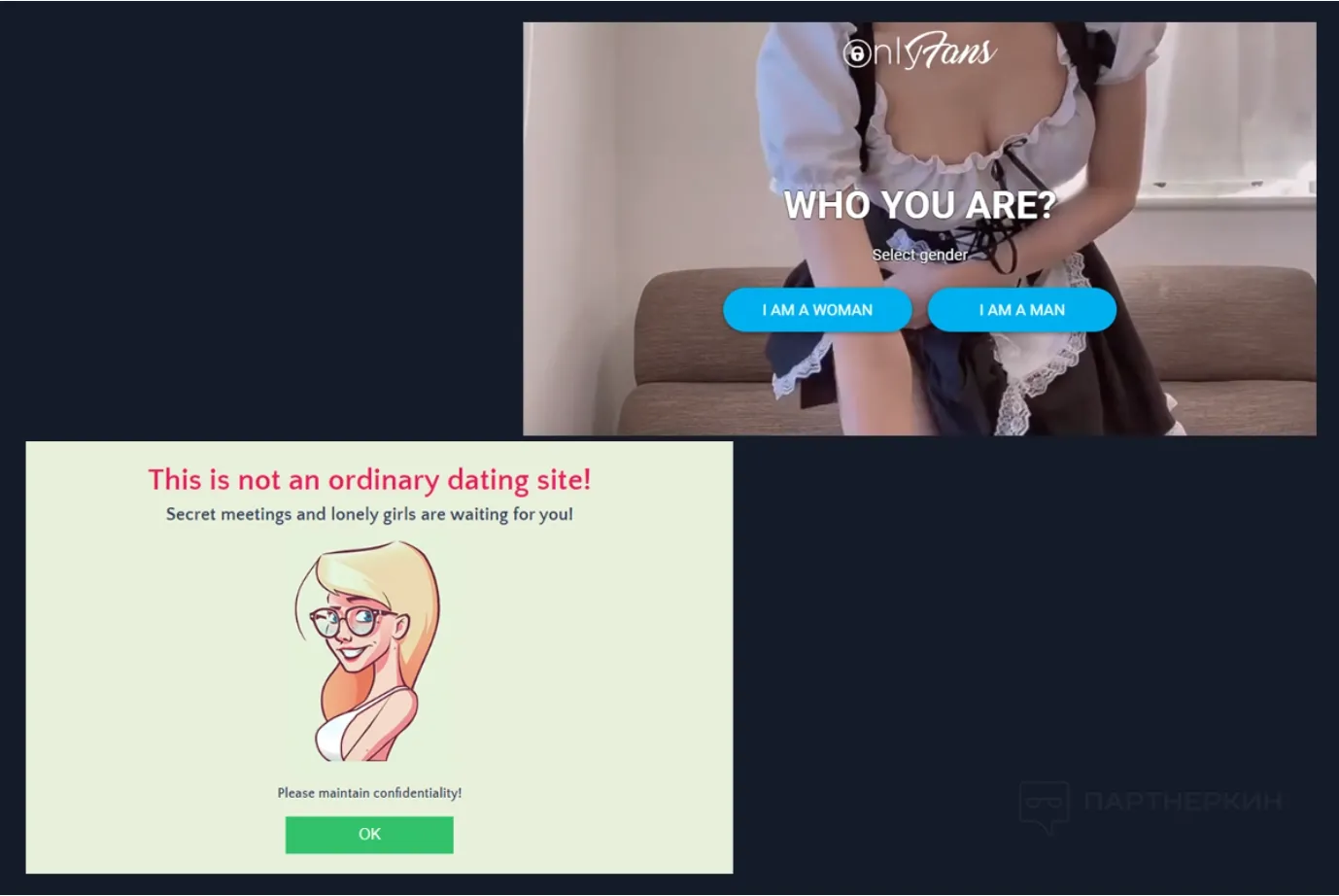
However, despite the simplicity of application and quick setup, transit pages have several noticeable drawbacks when used with Google Ads. These include low trust level from the advertising platform, frequent blocking of advertising accounts, and difficulty in finding a trusted domain and hosting for page placement.
To extend the life of your ad campaign using this cloaking method, you can use a trusted domain and an agency advertising account from services like YeezyPay. In this case, it's unlikely that the bot will detect the transit page in 95 out of 100 cases, but the account may still get banned by real moderators for violating the rules.
Sanctions for cloaking Google Ads and how they differ from Facebook
Cloaking in Google Ads is much more difficult than in any other advertising source, including Facebook. This is because Google is a huge corporation that owns one of the most technically advanced search engines and other services, and constantly works on improving algorithms and training its own neural network. To bypass moderation in Google Ads, you need to know many nuances of working with this source, have high-quality software, and also use trusted consumables and reliable advertising agency accounts.
At the same time, Google Ads is so strict about any actions that may seem suspicious to it that an account ban can be received even at the stage of creating the advertising campaign. For example, algorithms can already check the landing page at this stage, and if something is wrong with it, there is a risk of getting the account blocked for "bypassing the system", which is much more difficult to dispute compared to a block due to "suspicious payments".
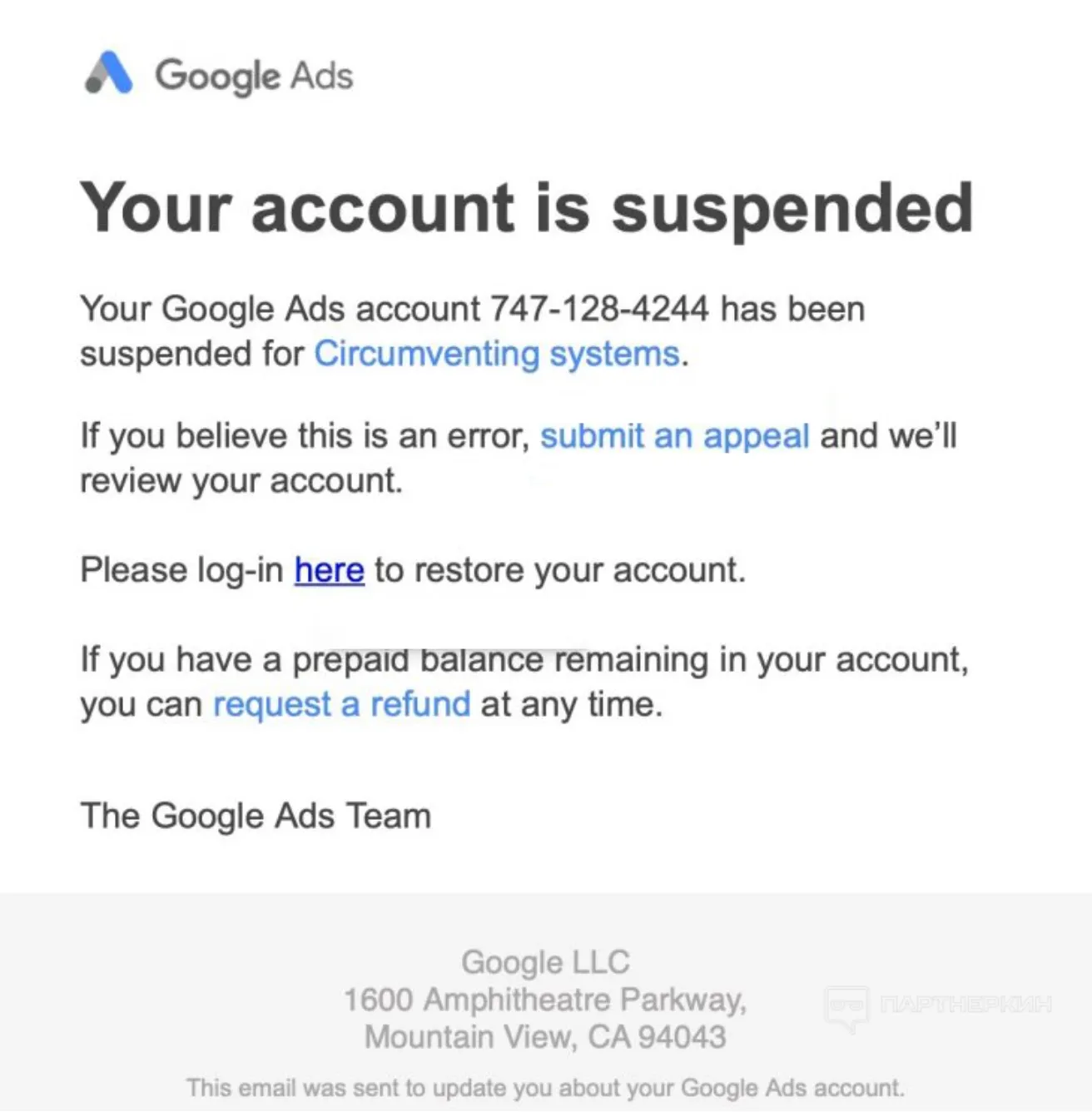
When it comes to sanctions from Google in case of detecting cloaking attempts, an account ban is guaranteed in 100% of cases, and it can be quite difficult to recover the remaining advertising budget in such situations. However, if you use Google Ads agency accounts, it’s quite possible to do so. For example, the service YeezyPay not only helps with withdrawing remaining funds but can also assist in unblocking some accounts associated with their agency advertising accounts.
Conclusion
Launching advertising campaigns in Google Ads for gray verticals or to hide campaigns from spy services and competitors, webmasters cannot do without good cloaking, trusted advertising accounts (preferably agency ones), and other consumables. To pass the ad campaign moderation in Google, even white pages must be as benign as possible, which ultimately negatively affects the conversion rates of landing pages. Therefore, even white offers have to be cloaked in this advertising source.
However, there is no perfect method of cloaking Google Ads to this day, as even top services for this purpose differ only in the completeness of the bot list and its relevance at the moment. Therefore, much depends on the approaches used by the webmaster.

by Editor
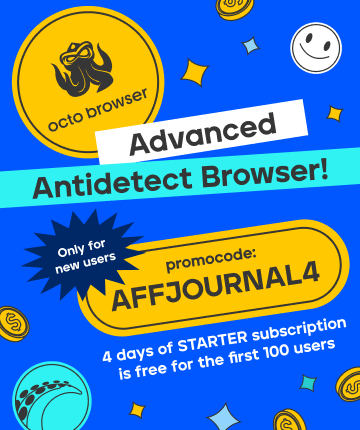

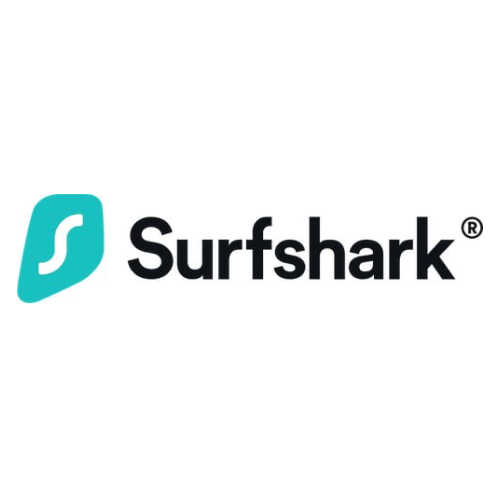
comments ....(0)
Leave a comment
You must be in to leave a comment